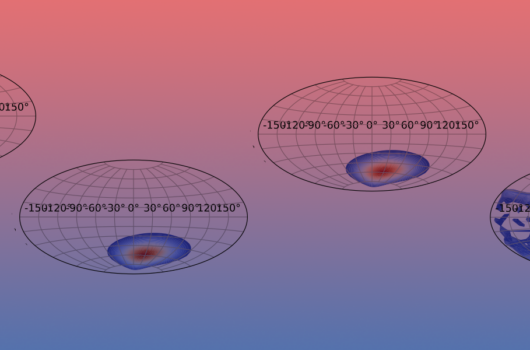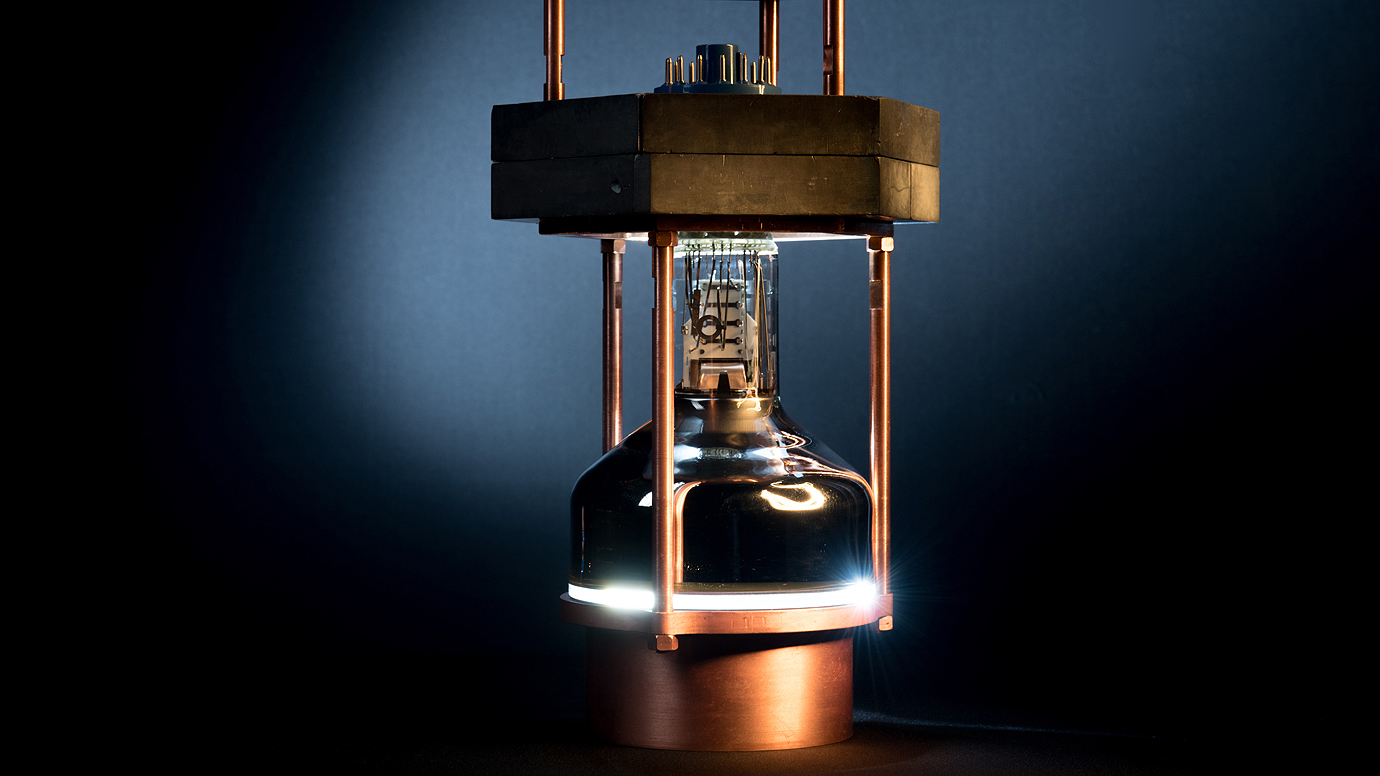

The neutrino beam direction is along the axis of these slabs. The background of this picture shows the sandwich of iron slabs and plastic, with the next slab to be installed visible in the foreground. Neutrino detector space when Minos detector construction began, 700 meters deep in the Soudan Mine (photo courtesy of Jerry Meier, University of Minnesota). (adapted from a diagram supplied by Fermilab) Neutrino properties, and in particular a change or “oscillation” from one type of neutrino to another, will be determined by careful measurements at Batavia and at Soudan. Schematic representation, not to scale, of the underground path of the MINOS neutrino beam from Fermilab, in Batavia, Illinois to an iron mine in Soudan, Minnesota. An investigation of neutrinos produced in the atmosphere by cosmic rays supports the existence of this change of type, called neutrino “oscillation.” Nearly 40 years passed before any evidence supporting this prediction was found. To explain the deficit in the number of observed solar neutrinos, physicists hypothesized that some changed from one type to another in mid-flight from the sun to Earth, thus reducing the number detected. Only around the turn of the 21st century did physicists begin to make progress in solving this problem. Once physicists had detected solar neutrinos, a second great neutrino mystery developed in the 1970s, because the number observed was only about a third of what was expected. Where do neutrinos come from? Most neutrinos that reach Earth-a huge number, some tens of billions per square centimeter-come from nuclear reactions in the sun. Their work established neutrino physics as a legitimate field, and Reines won the Nobel prize in 1995. They succeeded in 1956, by observing a nuclear reaction initiated by the absorption of a neutrino, essentially the reverse of beta-decay. But advances in nuclear physics and the development of nuclear reactors made possible new experiments, and two physicists, Frederick Reines and Clyde Cowan, set out to find neutrinos emitted by a reactor core. Pauli had replaced one dilemma with another, by explaining a paradoxical experiment result with a particle that could not be observed.

Since no second particle had been detected, he concluded that the particle had no mass and no charge, since it could hardly interact with anything at all. Since the charges of the extra proton and the emitted electron cancel, he concluded the neutrino was neutral. To save the day, Pauli hypothesized that the nucleus emitted a second particle that could carry away this unaccounted-for energy. Some physicists were so distressed at this result that they were willing to abandon the conservation of energy in this case. But much to their dismay, physicists found the electron had a wide range of energies that could not be explained if the electron was the only particle emitted. In this kind of reaction, conservation of energy demands that each decay product be created with a unique energy. In a spontaneous nuclear reaction called beta-decay, one nucleus was observed to decay into an electron and another nucleus with one more unit of charge, as shown in the diagram. Neutrinos were hypothesized in 1931 by Wolfgang Pauli to resolve a crisis in physics that threatened the bedrock principle of the conservation of energy. The table shows some neutrino properties. Most neutrinos go right through Earth without any deviation or interaction, and trillions harmlessly pierce your body each second. The neutrino is a ghostly particle that leaves hardly a trace of its passing.


 0 kommentar(er)
0 kommentar(er)
